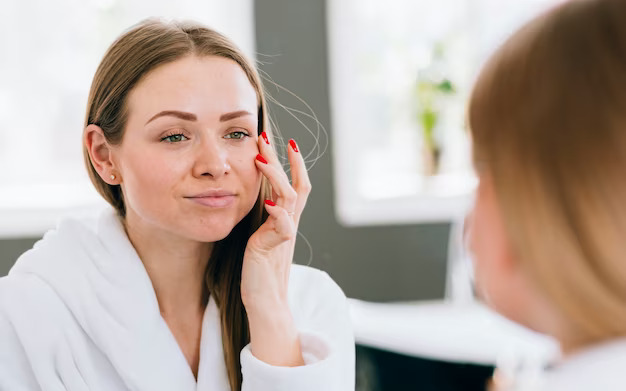- About Us
- Treatments
Skin Treatments
MenuMenuHair Treatments
MenuBody Treatments
Menu - Procedures
Aesthetics
MenuCosmetic Surgery
Menu - Training
- Products
- Gallery
- Contact Us
Rosacea is a chronic skin condition characterized by periodic episodes of visible blushing or flushing of the face, typically affecting the nose, cheeks, forehead, and sometimes ears. While it is more common in individuals with paler skin, smokers, and those with a family history of rosacea, it can also occur in individuals with darker skin types. In darker skin types, rosacea may manifest as skin sensitivity, causing a burning sensation when exposed to sunlight or hot beverages. In severe cases, persistent redness on certain areas of the face can be unsightly.
The exact cause of rosacea remains unknown, but it can be triggered or exacerbated by various factors, including environmental, hormonal, immune-mediated, hereditary, or a combination of these. Common triggers include:


Treatment for rosacea depends on its severity. Mild cases can be managed with topical creams and anti-inflammatory agents, along with personalized skincare routines. In moderate to severe cases, oral medications may be prescribed for immediate relief and symptom reduction. Procedures like IPL (Intense Pulse Light Laser), electrodessication, and dermabrasion can be used to target visible blood vessels and overactive sebaceous tissue.
Rosacea is a chronic condition that can become aggressive if left untreated. Managing triggers and adhering to a personalized skincare routine, along with emotional support, are essential for long-term management, as rosacea can negatively impact the quality of life and social interactions, leading to anxiety and depression. Identifying individual triggers and seeking the guidance of dermatologists at Dr. Samatha Clinic can significantly improve the management of this condition in the long run.

Book An Appointment